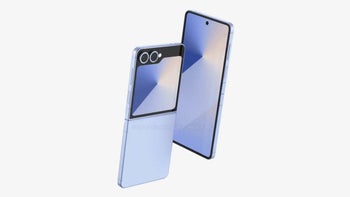Windows 10 phones and tablets with desktop PC computing capabilities "coming soon"

Windows 10 is slowly treading towards its release, with a test version about to roll out in February to members of the Insider program. Now, we are still waiting for the Windows Phone 8.1 GDR 2 update, which was supposed to arrive a while ago, and is said to add support for more varied hardware, with varied, pixel-dense resolutions and more powerful CPUs. A lot of rumors are saying, however, that the GDR 2 update will not be coming, instead – its goodies will be integrated directly with Windows 10, and this makes sense, seeing as Microsoft has seemingly been spending a lot of time on the new version of its OS, and aims to roll it out for free.
We've also been puzzled by Redmond's inactivity on the flagship front – ever since the Nokia acquisition was complete, the company has been churning out low-end and entry-level Microsoft-branded smartphones, and there is no word, leak, or whisper on a high-class Windows flagship being in the pipeline. Well, apparently, Microsoft may be biding their time until the Windows 10 release, due to a very solid reason – according to a note about a Microsoft presentation that's going to happen on GDC 2015 (Game Developers Conference), Windows 10 smartphones and tablets with octa-core CPUs and “very powerful” GPUs will be reaching desktop PC capabilities.
Source: GDC via NPU
Well, that's interesting – so Microsoft definitely has something up its sleeve – and this should provide for a very interesting presentation, if the powerful “computing capabilities” are presented on-stage. We're definitely ticking March 6th on our calendars. Full quote follows:
Modern mobile devices and smartphones are reaching the computing capabilities reserved until recently for desktop PCs. Windows 10 phones and tablets with 8 CPUs and very powerful GPUs are expected soon. Despite significant progress in reducing power consumption these devices are able to draw more power under sustained load than can be safely dissipated with current passive cooling technologies. Windows 10 and the hardware it runs on are designed to safely handle such situations, mostly by reducing the system performance - which could affect game-play negatively. Learn to counter this effect by designing games that achieve sustained thermal-to-quality tradeoffs in these systems.
Source: GDC via NPU













Things that are NOT allowed: